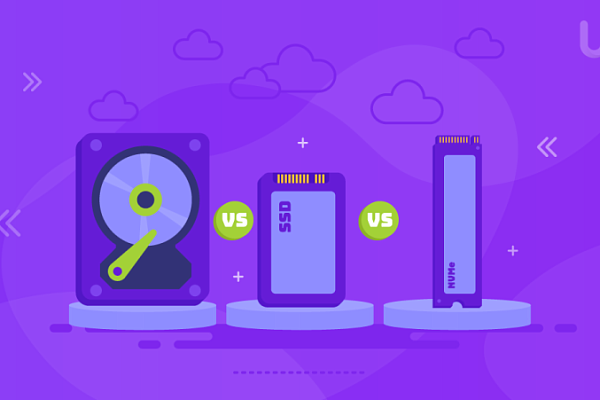Server configuration is an important step in building an IT infrastructure for your business. The right server configuration can significantly improve the performance and reliability of your IT system. In this article, we will go through the basic steps and criteria to help you determine the right server configuration.
Determine your requirements
The first step in determining cloud server configuration is to understand your business requirements. You need to answer the following questions.
-
What type of applications will you be running on the server? Web servers, databases, mail servers and other types of applications have different resource requirements.
-
What is the expected volume of traffic? More traffic requires more resources, especially network bandwidth and processing time.
-
What are your requirements for fault tolerance? If your business requires high availability, you may need redundant hardware or even geographically distributed servers.
This is not an exhaustive list of questions; it should be supplemented by others that are important to you. But it allows you to gather basic information that will give a rough understanding of the IT system configuration you need. The more precisely you define the requirements, the easier it will be to choose a suitable configuration.
Choose equipment
Once the requirements have been formulated, you can start selecting equipment. Here are some factors to consider.
Processor (CPU). Choose a processor that can handle your workload. More powerful processors are usually better, but they use more power and are more expensive. Multitasking and multithreading may be required to handle simultaneous requests. For example, if you plan to work in Terminal, 25-30 such sessions will require an average of 4-6 physical CPU cores. Working with SQL Server databases will also require several cores. In the future, it will be possible to scale the database without changing the configuration of the IT infrastructure.
RAM is used to store data that the processor can quickly retrieve. More RAM usually means that applications run faster and more efficiently.
Hard disk drive (HDD) or solid state drive (SSD) storage. This is where all your data is stored. SSDs usually offer faster access to data, but they cost more than HDDs.
Networking hardware. Your server should have enough bandwidth to handle all incoming and outgoing traffic.
Companies often try to run all their services on one server to save money. But this is a risky approach. For example, 1C databases and terminal servers require different hardware. Otherwise, neither will work properly.
There are schemes to run virtual machines on a single physical server, but this requires the following:
-
High performance hardware;
-
The ability to configure and maintain such a server;
-
The ability to set up data redundancy.
In general, most of the known options for saving money increase the risk of server crashes and disruption to ongoing business processes.
Reserve capacity
A common mistake made by many SMBs is to calculate resource requirements based on the 'normal' state of their IT infrastructure. The problem is that this approach does not take into account the risk of peak loads. And equipment may simply fail at the crucial moment, causing a breakdown or loss of data.
Another important point is that the amount of information stored and processed on the server tends to grow. Databases grow, so the server consumes more resources. And there is no room for growth, the resources are reserved to the limit. As a result, there is a risk that the server will operate with interruptions.
Visible savings turn into new costs in a year or two, or into critical incidents on the server in an unfavourable situation. This is why it is important to use a server configuration that allows you to quickly increase capacity or that already includes additional resources for scaling.
Different server configurations for different tasks
Configuration for 1C. In this situation, the infrastructure should solve the tasks specific to the platform. For example, 1C requires a server with a high number of cores because the platform is multi-threaded. And if it works with a large number of users, you will need to ensure the availability of a good disc subsystem.
Databases. Here the processing power of the server is at the top of the list. The more power you have, the more effective your database work will be. Otherwise, the configuration is similar to that required for 1C.
Video surveillance. The main resources here are the power of the processors, the size and quality of the storage, and the amount of RAM.
File server such as Nextcloud. The most important factor is the size and speed of data exchange on the disc space. The more frequently the server is accessed, the greater the storage capacity required.
Compute-intensive tasks. The server configuration is not very important here. All you need is a powerful GPU.
If you still have questions, you can ask the technical experts at Cloud4Y.


